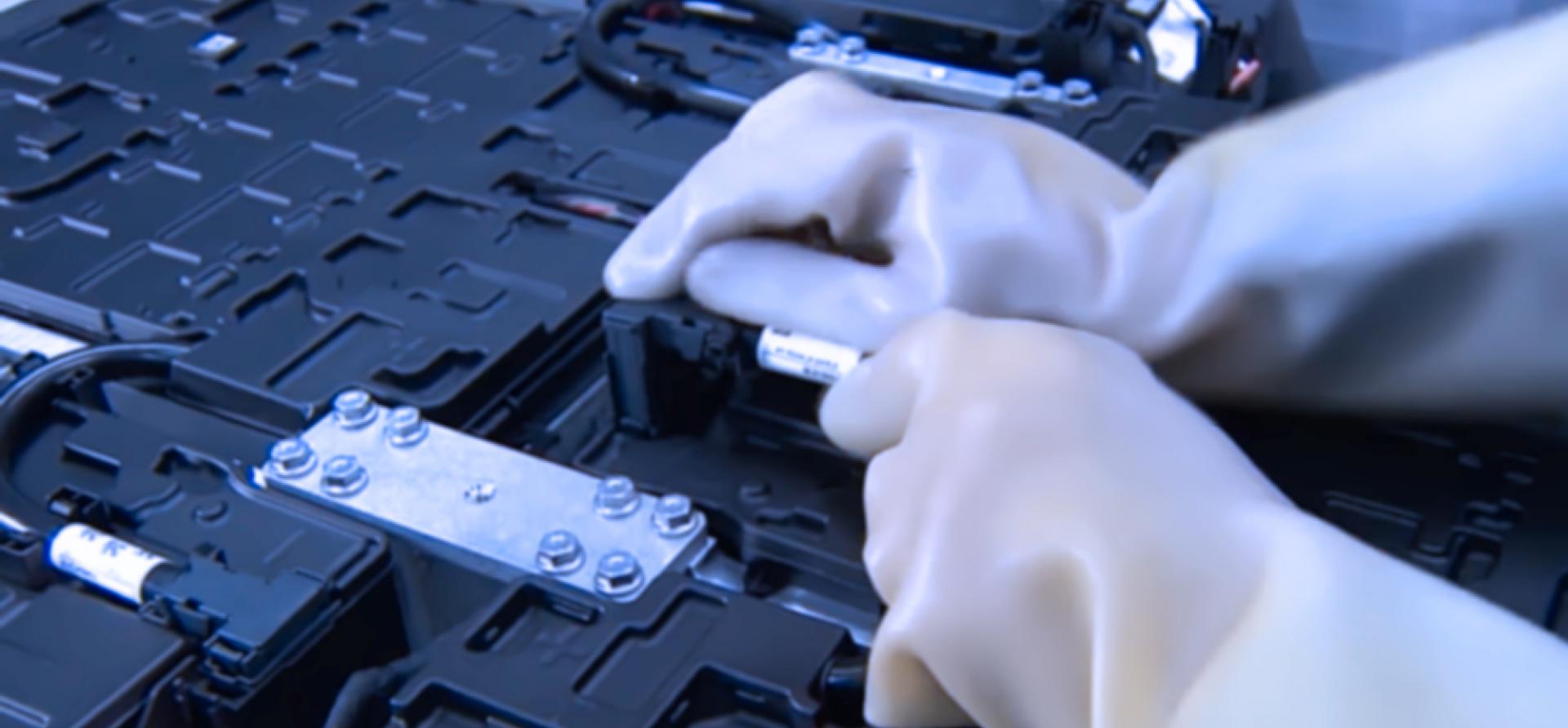Lithium-Ion battery (LiB) manufacturing landscape in India
Download Full Report
View Press Release

Key Findings
Considering that lithium-ion batteries (LiBs) are in huge demand (~80%) from the automotive industry for electric vehicles (EVs) and India is expected to be the world's third-largest automotive market by 2026, LiB manufacturing requires immediate attention.
For now, India is likely to import all the raw materials required for cell manufacturing but can lower this dependency by entering into long-term contracts with raw material suppliers or acquiring some assets in mineral-rich nations.
India can realise significant benefits through a vertically integrated value chain once lithium-ion cell manufacturing booms.
Executive Summary
The Government of India’s Make in India initiative, aimed at promoting India as the preferred destination for global manufacturing, has helped industries such as pharmaceuticals and apparel carve a niche. However, when it comes to intermediate industries such as batteries, specifically lithium-ion batteries (LiB), India is still dependent on imports.
Considering that LiBs are in huge demand (~80%) from the automotive industry for electric vehicles (EVs) and India is expected to be the world's third- largest automotive market by 2026, LiB manufacturing requires immediate attention. Add to this the Government of India’s target of 30% of new vehicle sales to be electric by 2030 and 34 gigawatts (GW)/136 gigawatt-hour (GWh) of battery storage needed to add 450GW of renewables in India by 2030, according to the Central Electricity Authority (CEA). India is therefore poised to become a key LiB consumer.
This report estimates that the annual capacity addition of LiB for automotive applications will increase from 2.3GWh in FY2021 to 104GWh by FY2030 and for non-automotive applications from 0.3GWh to 12GWh. So, 90% of the total LiB demand will be driven by automotive applications on the back of favourable government policies including Faster Adoption and Manufacturing of Hybrid & EV (FAME) and various state-level EV policies. The demand for LiB in the non-automotive segment will be driven by telecom towers, data centres, and grid-scale renewable energy (RE) integration and rooftop solar (RTS), followed in turn by newer applications including materials handling equipment and power tools.
The report also tracks the journey of battery adoption in India – lead-acid (LA) batteries, initially used in automotive and non-automotive applications, were superseded by LiB a few years ago. This was encouraged by the mushrooming of battery pack players from the industry’s end with an initial investment in assembly set-up a mere US$1.3m. In addition, government support allowing 100% foreign direct investment (FDI) and mandating manufacture of battery packs in India increased the growth. The same, however, has not been true for the key component of battery packs – cells. Until now, India was completely dependent on imports of cells from neighbouring countries like China owing to the unavailability of key raw materials and technological know-how. This led battery pack assemblers to bear the brunt of high cell prices, hoarding of cells in the hands of a few Chinese suppliers, availability of lower-grade cells, and non-availability of cells that can withstand higher temperatures specific to India.
Identifying this gap, the Government of India has now brought to the fore its focus on manufacturing of cells in India through the likes of the Production-Linked Incentive (PLI). This is expected to bring in huge investments of ~US$2.2b for a cumulative lithium-ion cell manufacturing capacity of more than 30GWh. There are various compelling reasons for cell manufacturing in India. Cell manufacturing costs in India, as of 2020, were projected to be the lowest (US$92.8/kWh) when compared with the United States, European nations and even China (US$98.2/kWh) and South Korea (US$98.1/kWh). Similarly, India has huge cost opportunities in terms of cheap labour and power (gross monthly minimum wage levels in India in 2019 were US$65 against US$217 in China). On the demand side, falling battery prices and initiatives including the FAME scheme are encouraging EV adoption in India. For now, India is likely to import all the raw materials required for cell manufacturing but can lower this dependency by entering into long-term contracts with raw material suppliers or acquiring some assets in mineral-rich nations. Local capabilities are also slated to be built up gradually. Local manufacture of graphite precursor material has already started.
This report also highlights the challenges for the battery pack and cell manufacturing industry in India. End-use customers are wary of the battery pack and battery management system (BMS) quality offered by local assemblers and hence safety issues arising out of this. Battery pack assemblers find the market unprofitable owing to single-digit EBITDA margins. In addition, cell manufacturing, though a lucrative opportunity, is laced with challenges ranging from unavailability of key raw materials to requirement of huge investments and absence of technological know-how. The report, therefore, suggests battery recycling as one of the alternate solutions to meet surging LiB demand. It will result in the recovery of 90% of lithium, cobalt, nickel, manganese, and graphite and put India on the path to a circular economy.
Overall, however, as India already has huge cost advantages in battery assembly and software-driven BMS capabilities, it can also realise significant benefits through a vertically integrated value chain once lithium-ion cell manufacturing booms. For cell manufacturing and battery pack assembly, the future looks promising in India with the proviso that issues like battery standardization and battery safety issues are addressed and the industry and government work in sync.
















